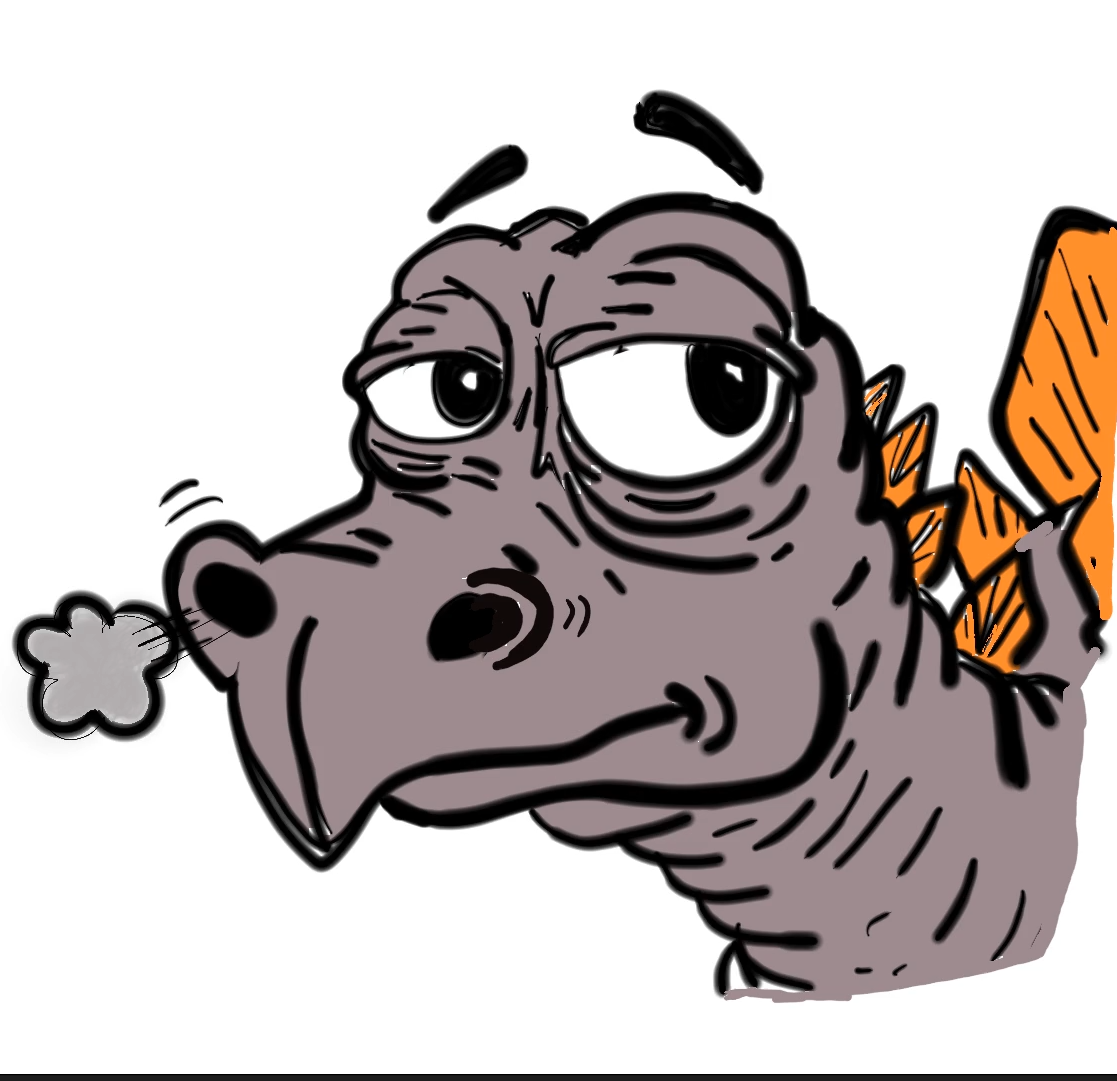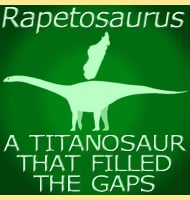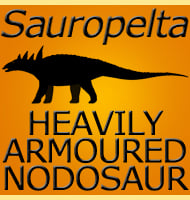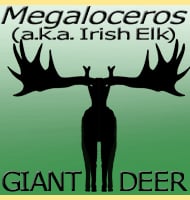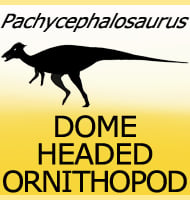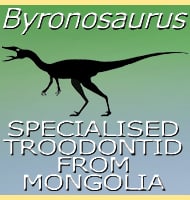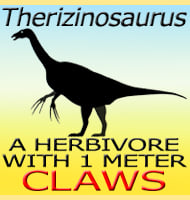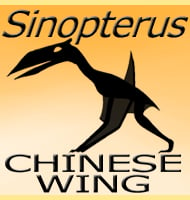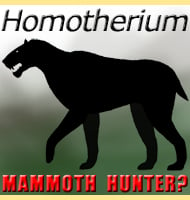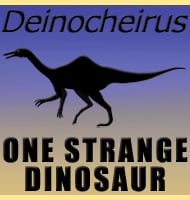In Depth
Euoplocephalus was one of the best-known armored dinosaurs, living in western North America during the Late Cretaceous, about 76–67 million years ago.
Its name means “well-armored head,” and it was one of the largest ankylosaurs, protected by heavy bony plates and equipped with a massive tail club.
Euoplocephalus was part of the same family as Ankylosaurus, and is one of the most completely studied members of that group.
Description

Euoplocephalus grew up to 6 meters long and weighed over 2 tons. Its body was covered in osteoderms – thick, bony plates embedded in the skin.
These plates formed rows along the back and sides, with spikes projecting outward for added protection.
The skull was low and wide, with horns at the back and cheeks, while the eyelids may even have been reinforced with bone. Its tail ended in a heavy bony club, used for defense against predators like tyrannosaurs.
Fossil Map
Interactive fossil Map of Euoplocephalus, along with its chronological bar chart of fossil discoveries.
Classification
Euoplocephalus was a member of Ankylosauridae, the group of ankylosaurs with tail clubs.
For many years, fossils of several related ankylosaurs (Anodontosaurus, Dyoplosaurus) were all lumped into Euoplocephalus.
More recent studies have separated these species again, but Euoplocephalus itself remains one of the most important and well-understood ankylosaurs.
Further Reading
New genera and species from the Belly River Series (mid-Cretaceous) – Geological Survey of Canada Contributions to Canadian Palaeontology. 3 (2): 25–81. – L. M. Lambe. (1902).
A Cretaceous armoury: Multiple ankylosaurid taxa in the Late Cretaceous of Alberta, Canada and Montana, USA – Journal of Vertebrate Paleontology. 30 (Supplement 2): 1A – 198A. – Arbour, Victoria (2010).

